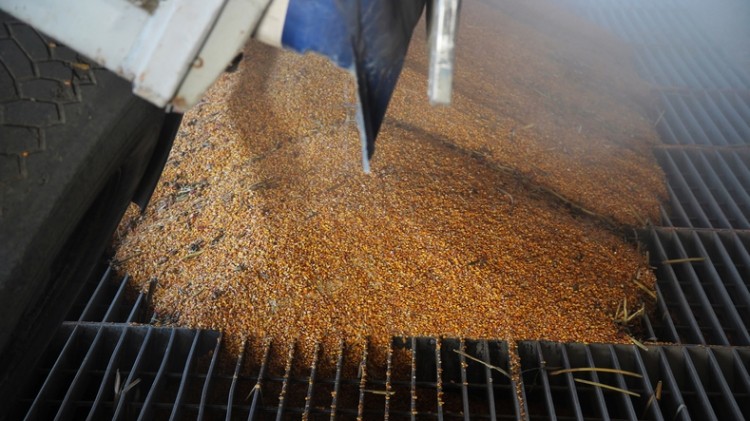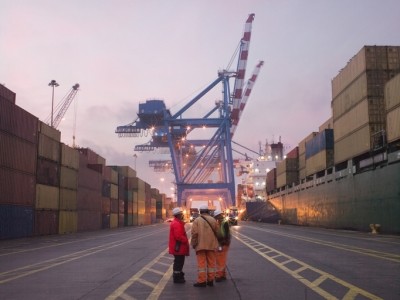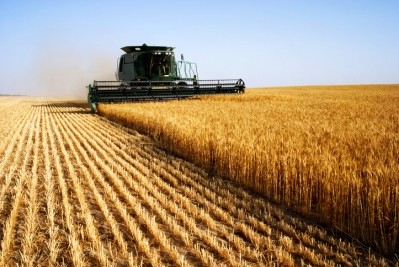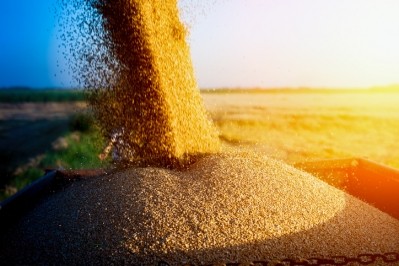Brazilian feed users see challenges from infrastructure, production shift

The US Department of Agriculture (USDA) released details about feed crop and grain production in Brazil earlier this month in an agricultural attaché’s report.
The country is anticipated to have record corn production in market year 2018/19 with harvest reaching 101m metric tons (MT), the attaché said. The production is a 25% increase from 2017/18 and 2.5m metric tons larger than the previous record.
However, companies are having difficulty accessing sufficient corn throughout the year to support the production of poultry and swine, she said.
“Brazil’s large poultry and pork sectors generally consume a great portion of the corn crop each year,” she said. “However, shifting cultivation periods and areas have become a problem for poultry and swine producers, who traditionally have relied on first-crop corn grown in southern Brazil as a large part of feed rations.”
“Poor infrastructure connections and the high price of transporting safrinha corn from the center-west have meant that livestock and poultry operators in southern Brazil are increasingly turning to corn imports for feed rations,” she added.
Despite the record crop expected feed prices continue to be high, she said. “This is becoming a problem for Brazilian pork and poultry producers who are seeing profits margins squeezed at a time when exports have been strong, with China buying larger volumes of Brazilian animal protein amid an outbreak of African swine fever in Asia.”
Feed, grain production
Last year’s corn production saw challenges from dry weather during the second or ‘safrinha’ crop, the attaché said.
“The MY 2018/2019 increase is due to expanded area for safrinha corn and ideal growing weather that led to record yields in some places,” she said. “Yields for Brazil’s MY 2018/2019 corn crop are estimated at an average of 5.77 metric tons (MT) per hectare, which is also a record high for Brazil.”
Corn production expanded “exponentially” in Brazil, she said. Production area in 2018/19 is expected to be 17.5m hectares – up 5% from the previous marketing year.
“While the safrinha harvest is less than 20% complete to date, currently high corn prices are incentivizing farmers to make sales as quickly as possible to attempt to claw back some losses from a disappointing soy season,” she added.
The production forecast for 2019/20 anticipates an expanded planting area and trend yields, the USDA said. Corn planting during the first crop window is expected to slide, while second crop area increases.
As interest in soybean production has increased corn planting during the first planting season has declined in favor of planting soybeans, the attaché said. Safrinha corn production provides most of the corn crop – in 2018/19 it accounted for about 75% of the crop.
“The profitability of corn is more pronounced in southern Brazil, since producers in that region are significantly closer to large swaths of the poultry and livestock sectors, as well as port facilities for exports,” she said. “They pay far less for the transport of imported inputs to the farm and can get a higher price for outbound commodities.”
Corn trade, transit and use
The export forecast for 2018/19 was increased by 36% compared to the previous marketing year, the attaché said.
“Problems with the US corn crop, as well as US trade tensions have boosted export options for Brazilian producers,” she said. “Moreover, prices have remained relatively strong, given the weak Brazilian real and continued deterioration of expectations for US corn output.”
Similarly, the export forecast for 2019/20 was also increased, she added.
However, corn exports may see infrastructure challenges as second-crop corn grown in the center-west of the country provides the majority of the feed grain to the export market, the attaché said.
“These corn supplies face steep logistical challenges and freight costs significantly higher than corn produced in coastal states like Parana,” she said. “Moreover, Brazilian grain traders continue to contend with the government’s minimum freight rate tables, established after the 11-day truckers strike in May 2018.”
Mandatory minimum freight rates were increased following a threat of a new truckers strike earlier this year, she said. Agricultural producers have had to lower commodity prices to maintain global competitiveness.
Corn imports are expected to be consistent with what was seen in 2017/18 and mainly stem from Paraguay and Argentina, she said.
“The shrinking of Brazil’s first-crop corn production results in unmet domestic demand by the livestock and poultry sector in southern Brazil,” the attaché said. “While Brazil, overall, produces much more corn than the country consumes domestically, the main producing areas have shifted in recent decades, with more corn grown in central Brazil and less in the south where many poultry and pork producers still operate.”
Total domestic use of the feed grain in 2018/19 is predicted to be 67.5m metric tons – up 5%, the USDA said. Consumption in 2019/20 is anticipated to increase by an additional 3%.












